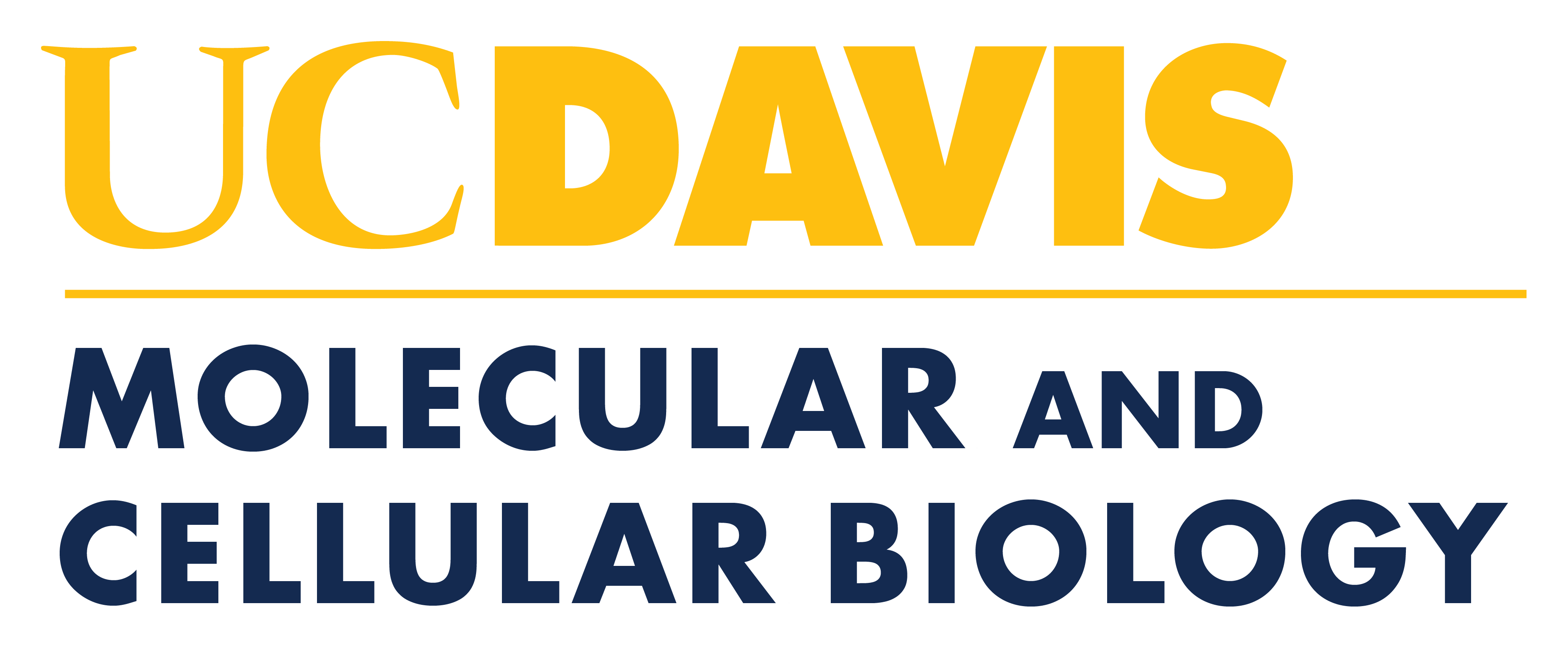
Student-Led Research Reveals “Off-Switch” for Autophagy
New discovery came from chance occurrence in undergraduate teaching lab
A chance observation in an undergraduate laboratory class has shed light on a key cleaning and recycling process carried out by all eukaryotic cells. Autophagy breaks down organelles, proteins and other molecules so their components can be reused and plays a protective role in preventing disease. However, when autophagy doesn’t work correctly, it’s associated with cancer and neurodegenerative diseases including Alzheimer’s. Previous research has uncovered how cells activate autophagy, but little is known about how it is switched off.
The new research, published Dec. 14 in Molecular Biology of the Cell, shows that cells switch off autophagy by rearranging structural proteins called septins. The researchers showed that yeast that lacked functional septins could activate autophagy but were unable to stop it.
“Our study has opened a new way to think about how autophagy can be turned off, which is something biologists have very little insight on,” said senior author Kenneth Kaplan, a professor of molecular and cellular biology. “This has important implications for understanding autophagy’s protective role in various disease progressions, and how it becomes dysregulated in other diseases.”
The study is also an example of the value of including undergraduates in research, for both students and the advancement of our collective understanding of basic science. All phases of the study were undergraduate-driven, and all three of Kaplan’s co-authors, Luis Perucho-Jaimes, Jonathan Do, and Alexandria Van Elgort, worked on the study as undergraduate research assistants.
Read the full story here.
